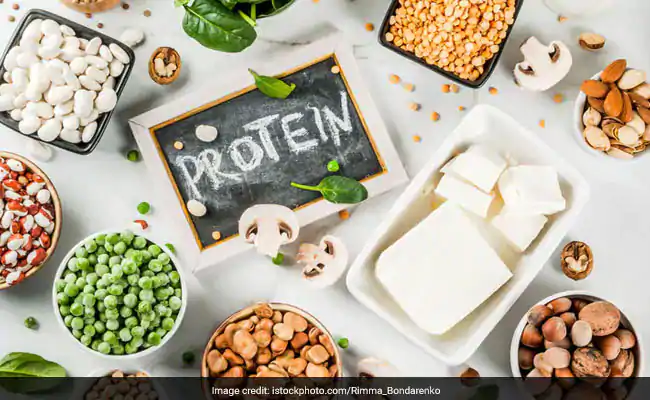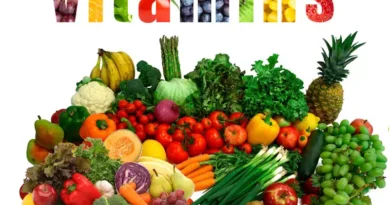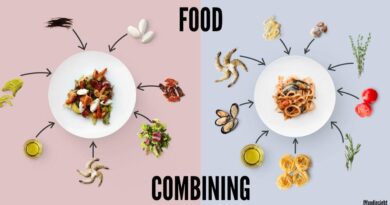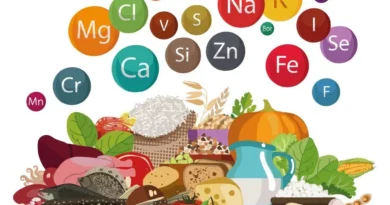Proteins
Protein is a very common word in our society and many of the food products are sold with this name. Most common are dairy & gym products as they are seen rich in protein and help in building muscles. In last couple of years, protein bars have also been famous among young adults. But we hardly tried to understand the importance and science behind proteins. Lets take a look :-
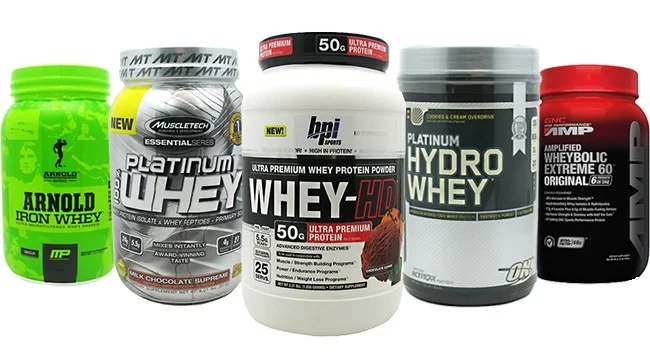
Protein
As most of the nutrients contain Carbon, Hydrogen and Oxygen as building blocks, protein contains an additional element called Nitrogen. The basic building block of proteins are Nitrogen containing units called amino acids. These amino acid are joined or linked together in chains by linkages called Peptide linkages. The proportion of these amino acids varies as a characteristic of a given protein, but all food proteins except gelatin contain some of each.
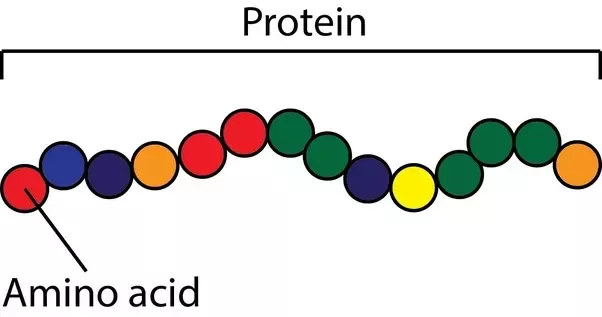
Digestion and Absorption
Digestion refers to breakdown of food into smaller units by various enzymes available in digestive tract (Mouth, Oesophagus, Stomach, Small intestine & Large intestine) which can be utilised by the body for various processes. Digestion of protein involves the breakdown of amino acid chains into their constituent amino acids.
Since saliva contains no proteolytic enzyme (which can breakdown proteins), so proteins are not digested in mouth and main digestion occurs in stomach and small intestine. Pepsin (a proteolytic enzyme) is present in gastric juice (stomach) which breaks down proteins into smaller amino acid chains but cannot completely digest the proteins. Partly broken down proteins then enter small intestine where complete digestion takes place.

Absorption means movement of nutrients (end products of digestion) from intestinal to bloodstream. After digestion of proteins, the amino acids are carried by the blood to the liver where they are used in three ways :-
- Some of them are used for building of blood proteins
- Some are retained in the liver
- The rest enter the blood circulation as amino acids
Classification
There are 22 types of amino acids utilised by human body to make proteins. There amino acids are classified into three groups:-
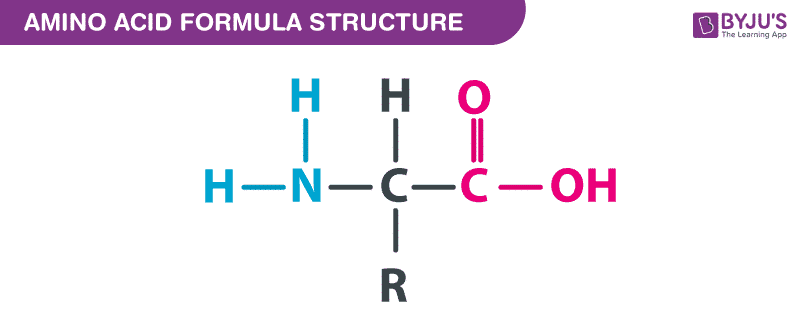
- Essential Amino acids :- These amino acids cannot be manufactured by the body and thus required from the diet. Nine essential amino acids are : Histidine, Isoleucine, Leucine, Lysine, Methionine, Phenylalanine, threonine, tryptophan and valine.
- Non Essential Amino acids :- There amino acids are not required from the diet and can be manufactured by the body. They include : alanine, arginine, asparagine, aspartic acid, cysteine, glutamic acid, glutamine, glycine, proline, serine and tyrosine.
- Conditional Amino acids :- These amino acids are usually non essential except in times of illness and stress. They include : glutamine, tyrosine, glycine, ornithine, proline and serine.
Eating essential and non essential amino acids is not necessary at every meal, but getting a balance of them over the whole day is important.
Functions of Proteins
- Body Building :- Protein help in building new body tissues and in replacement of worn out tissues.

- Carrier :- Some Proteins like Haemoglobin (red coloured protein present in blood) carries oxygen from the lungs to various body tissues and carbondioxide from body tissues to the lungs.
- Protection against infections :- Amino acid combine to form antibodies which helps the body in fighting with infections.
- Regulation of body processes :- All enzymes are made up of protein which helps in digestion of food. E.g Amylase, gastric juice, bile etc.
- Energy giving :- Each gm of Protein can breakdown to yield about 4Kcal. However, this is not the main function of amino acids and occur only when diet do not provide sufficient energy giving nutrients (i.e Carbohydrates & Fats)
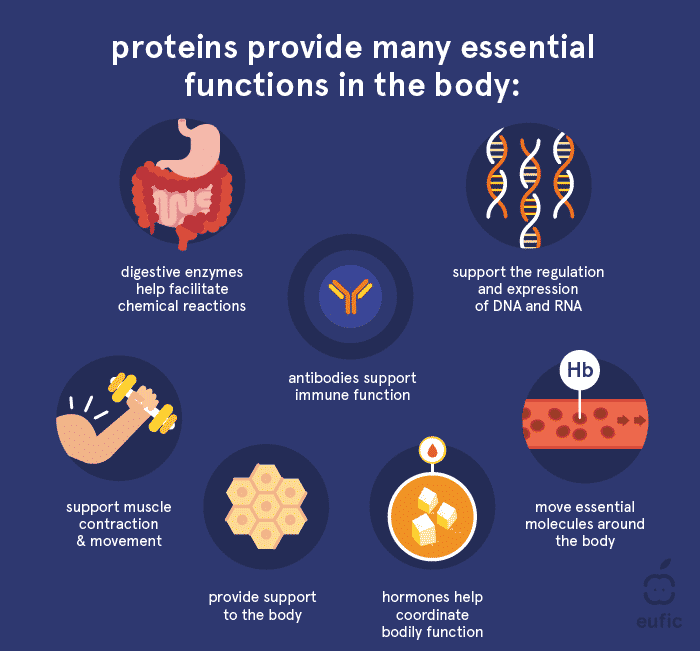
Food Sources
Proteins are obtained from both animal and plant foods. However, animal food proteins are of good quality as they contain all essential amino acids in the required amounts and proportions. The amount of protein present per 100gm of following foods are given below :-
- Flesh Foods :- Goat Meat (21.4gm), Fish – Pomfret (20.3gm), Egg (13.3gm)
- Milk & Milk Products :- Milk – Cow (3.2gm), Khoa (20gm), Paneer (18.3gm)
- Nuts & Oilseeds :- Cashewnuts (21.2gm), Groundnut (25.3gm)
- Pulses :- Soyabean (43.2gm), Rajmah (22.9gm), Bengal gram (17.1gm)
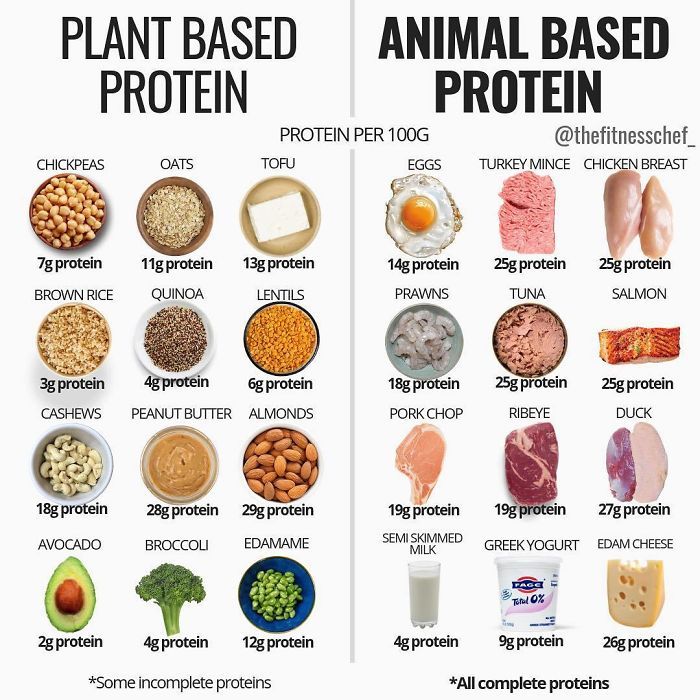
Deficiency of Proteins
Protein deficiency generally doesn’t occur alone but accompanies a deficiency of dietary energy and other nutrients resulting from insufficient food intake. The symptoms are most commonly seen in deprived children in poor countries. Where protein intake is exceptionally low, there are physical signs – stunting, poor musculature, edema, thin and fragile hair, skin lesions and biochemical changes that include low serum albumin and hormonal imbalances.
Recommended Daily Dietary Intake
It is the value of nutrient required daily to fulfill nutritional requirements of the body. In case of Proteins, 1gm/kg weight is required by young adults. In case of pregnant and lactating mothers, the requiement of protein increases.

